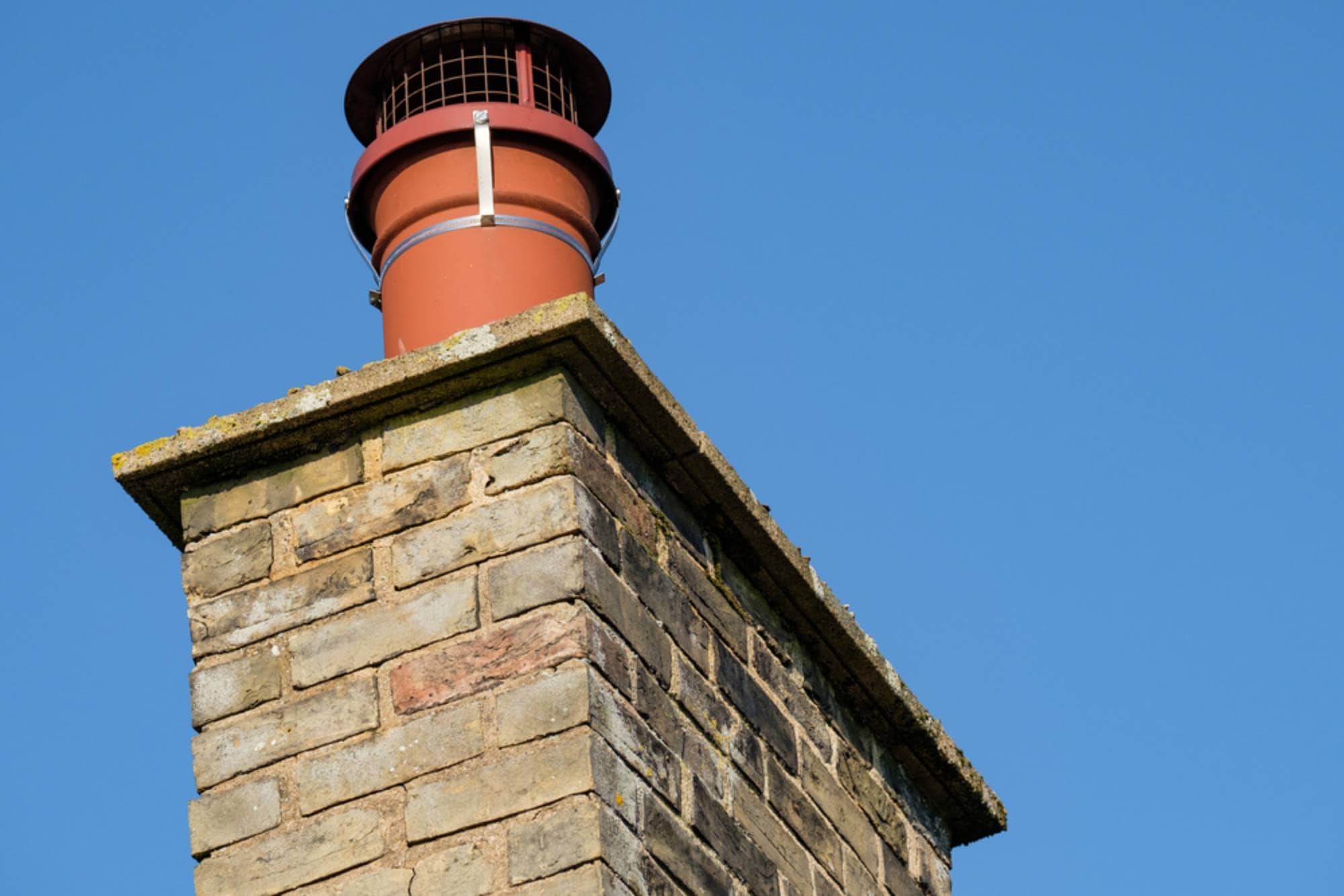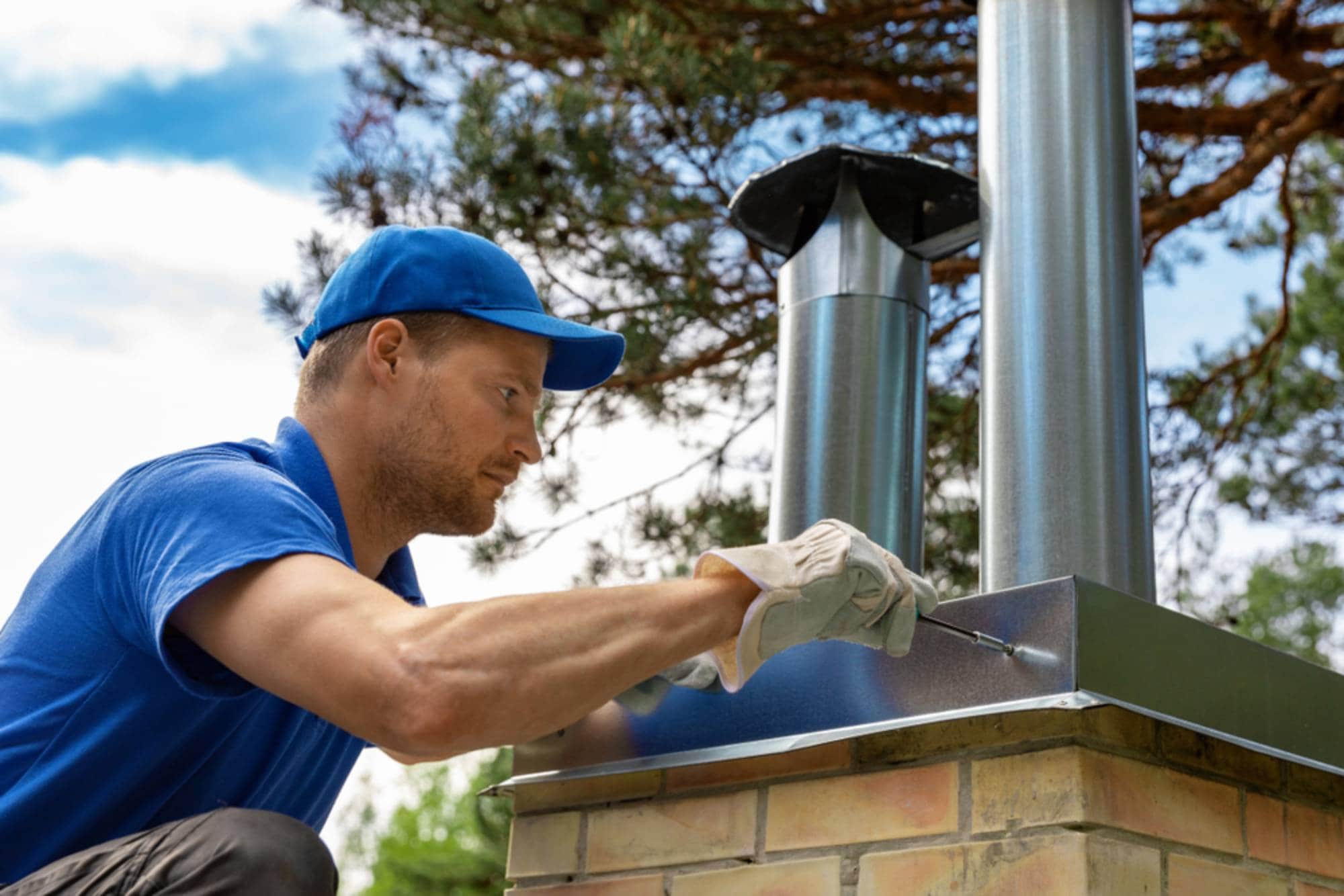Your chimney cap installation protects your Freetown home from costly water damage, animal intrusions, and dangerous downdrafts that can fill your house with smoke.

Hear from Our Customers

When we install your chimney cap, you’re not just getting a piece of metal on your roof. You’re getting peace of mind knowing your home is protected from the elements that cause thousands in damage every year.
Water stops flowing down your chimney and into your walls, ceilings, and attic. Animals can’t build nests or get trapped inside your flue. Cold downdrafts stop pushing smoke back into your living room.
Your heating bills drop because warm air isn’t escaping through an uncapped chimney. The mesh screen catches sparks before they can land on your roof or nearby trees, reducing fire risk.
We’ve been serving Bristol County for over 25 years, and we understand exactly what your chimney faces here. The coastal moisture, the freeze-thaw cycles, the nor’easters that test every piece of your home’s exterior.
Our CSIA-certified technicians know how different materials perform in Freetown’s climate. We’ve seen what happens when homeowners try to save money with cheap caps that fail after two winters, and we’ve fixed the damage that follows.
When we show up, we protect your home like it’s our own. Drop cloths, HEPA vacuums, and careful attention to every detail. We explain what we’re doing and why, answer your questions, and give you straight recommendations without the sales pitch.

First, we inspect your chimney to measure the flue and check for any existing damage. Every chimney is different, and the cap needs to fit perfectly to work properly.
We’ll show you material options – stainless steel, copper, or galvanized steel – and explain which works best for your situation and budget. No pressure, just facts about what lasts longest in Bristol County weather.
Installation takes about an hour for a standard cap. We secure it properly so it won’t blow off in high winds, test the fit, and clean up completely. You’ll see exactly what we did and get care instructions to keep your cap working for years.

Ready to get started?
Your chimney cap installation includes the cap itself, mesh screening to keep animals out, and secure mounting hardware designed for New England weather. We use stainless steel screws that won’t rust or corrode over time.
The mesh screen is sized to prevent even small animals like squirrels from getting through, while still allowing proper airflow. The overhang design keeps rain from running down your chimney sides and protects the flashing.
In Freetown, we see a lot of damage from ice dams and heavy snow loads. That’s why we recommend caps with pitched lids that shed snow and ice instead of letting it build up. The small investment now prevents major repairs later when freeze-thaw cycles crack your chimney crown or damage your brickwork.
